We are lucky to have so many incredible places in our country. However, our national parks are all fragile in their own way and can be loved to death.
The National Park Service (NPS) does a good job of minimizing the impact that all the people who visit them have on the environment, but they can’t do it alone. With a few simple changes, you can contribute to the sustainability of these treasured places for future generations to enjoy.
🛏️FIND A HOTEL: Search now
🚘FIND THE CHEAPEST CAR RENTAL: Search Discover Cars for the best deals
✈️FIND THE CHEAPEST FLIGHTS: Search Skyscanner for the best deals
🧳GET TRAVEL INSURANCE: Get insured with Travelex before you go
📱TAKE AN AUDIO TOUR: Buy an audio tour now
No time right now to read these sustainability tips for US national parks? Pin It and save it for later:
Subscribe to daily national parks planning tips, travel inspiration and trip ideas and I’ll send you a free PDF of this Guide:
15 Sustainability Tips for US National Parks
I’m James Ian and I’m a national park expert. In this article, I’ll share practical tips on how to travel sustainably in national parks. You can make your visit more enjoyable and responsible by following eco-friendly practices. You’ll learn how to reduce your carbon footprint, respect wildlife, and make the most of your outdoor adventures while being kind to the planet.
Table of Contents
Tips for Eco-Friendly Travel in National Parks
1. Support Park Initiatives
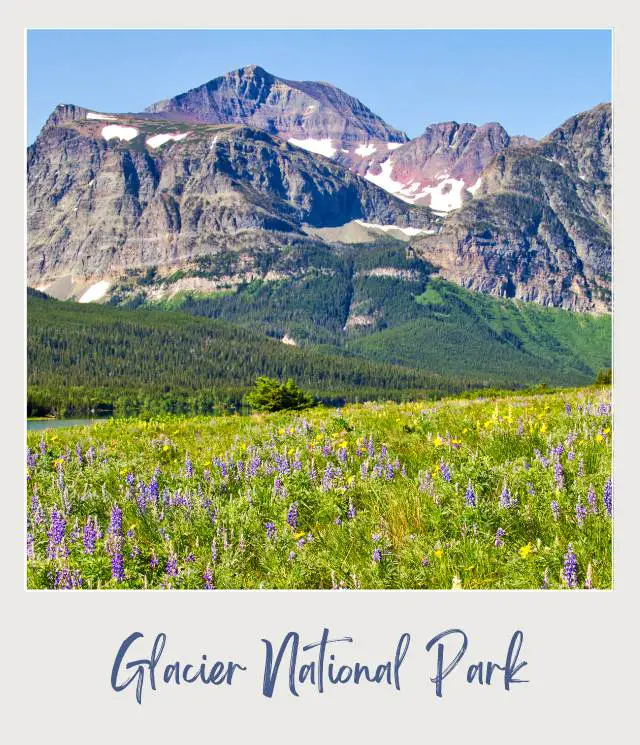
The NPS receives most of its funding from the federal government, of course. However, this funding alone isn’t enough to support all the important work they do. They also receive money from fees collected, and private donations (mostly through nonprofit organizations such as the National Park Foundation).
By paying entrance fees, purchasing permits for backcountry hiking and camping or special hikes, staying in NPS campgrounds, etc., you’re helping provide money the NPS uses to restore, preserve, and protect the parks.
The NPS also receives money from the concessionaires (hotels, restaurants, official tours, etc. that are allowed to operate in the parks). The more revenue these concessionaires make, the more the NPS can charge them for their licenses to operate. This money then also helps support conservation initiatives.
So, paying these fees and spending money in these places is an easy indirect way to support the important work that the NPS does.
2. Choose Eco-Friendly Accommodations
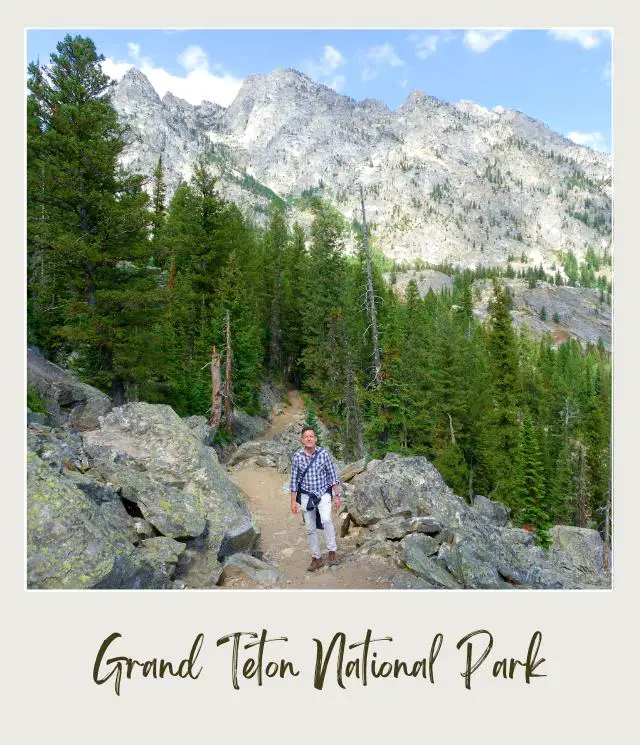
When you’re looking for places to stay, look for ones that prioritize green practices.
These can include things like the adoption of water conservation technologies and practices such as not washing towels and linens daily unless requested, the use of eco-friendly toiletries (including not having tiny plastic bottles of toiletries), and energy-efficient lighting.
You can also favor places that have waste reduction practices such as recycling and composting. And support accommodations that use renewable energy.
3. Minimize Waste and Recycling
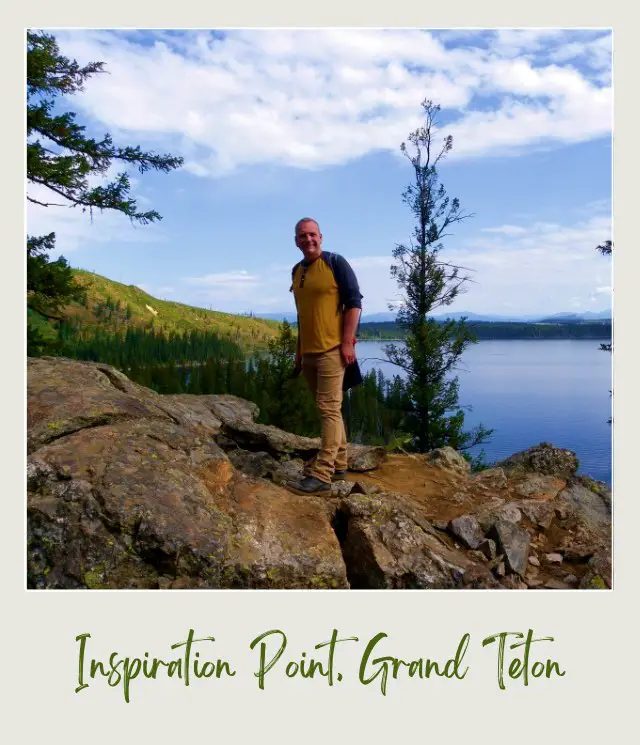
Reducing waste while you explore is essential for keeping parks clean. There are several ways that you can do this.
Bring reusable water bottles, containers, and utensils to cut down on single-use plastics. This small change can make a big difference. Consider packing snacks in reusable bags. This way, you can enjoy your food without creating a mess.
Make sure to dispose of trash properly. Use designated bins and recycle when possible. If there aren’t any bins nearby, take your trash with you. Leaving no trace shows respect for nature.
4. Choose Sustainable Transportation Methods
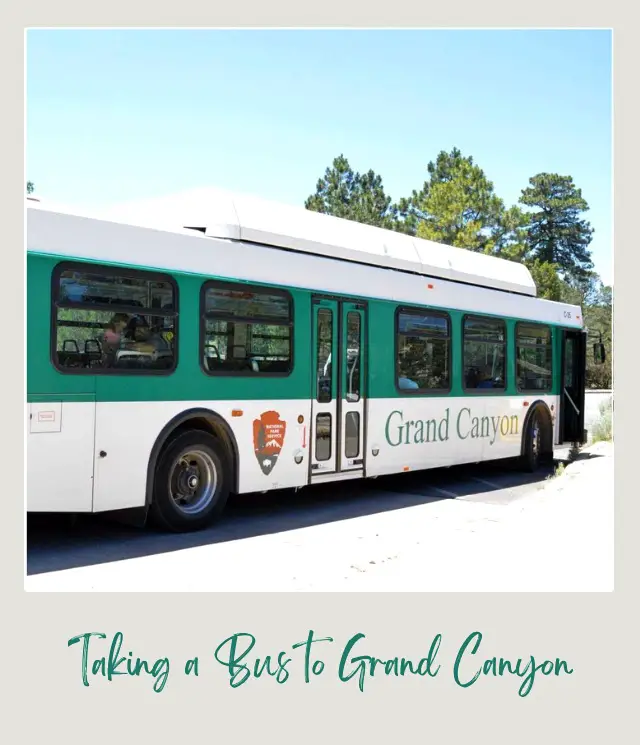
Many of the parks offer sustainable transportation options like shuttles and bike rentals.
Transportation plays a major role in reducing your carbon footprint. Use shuttles whenever possible, as it can significantly lower emissions compared to driving.
When your accommodation is nearby, think about cycling or walking. Not only is this sustainable, but you can enjoy the scenery up close.
If it makes sense for your trip, think about getting to the park by train or bus, as they are typically more eco-friendly than cars or planes. (Though this isn’t an option for many parks, I know).
5. Embrace Timed Entry Permits
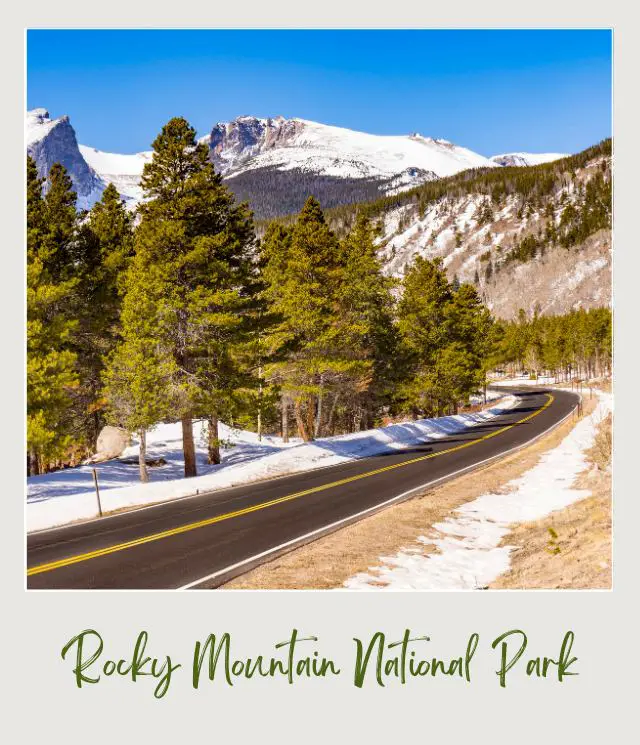
Several national parks have implemented a timed entry permit system to help reduce crowding and limit the impact on the environment. These can make planning a trip more stressful, but they are specifically designed to help minimize the impact of visitors on the parks.
So, if you need to visit at peak times, embrace timed entry. You can read which parks require reservations in my guide here.
6. Visit Off Season
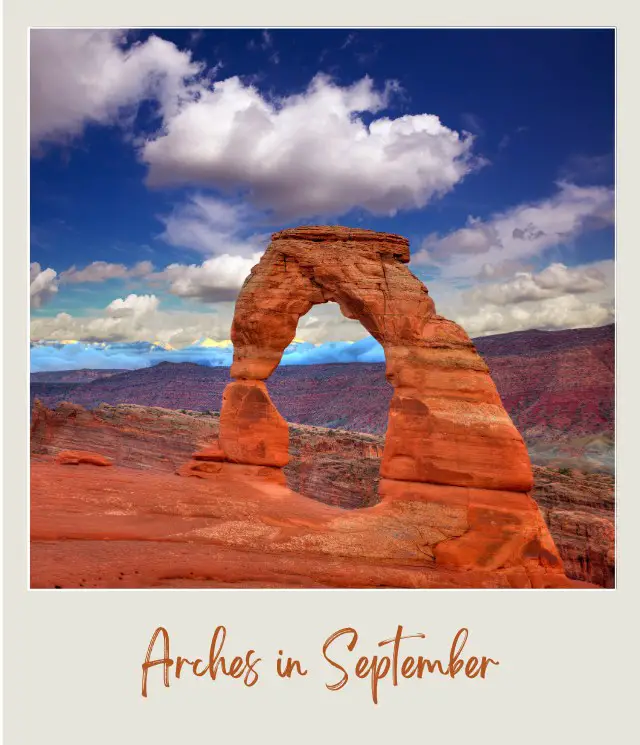
I know this isn’t an option for everyone, especially if you’ve got kids in school, but if you can, visit off season. By being there when there are fewer other people, you’ll put less stress and strain on the environment. Plus, it just nicer. My favorite months to go to most of the parks are May and September.
7. Pack for Sustainability
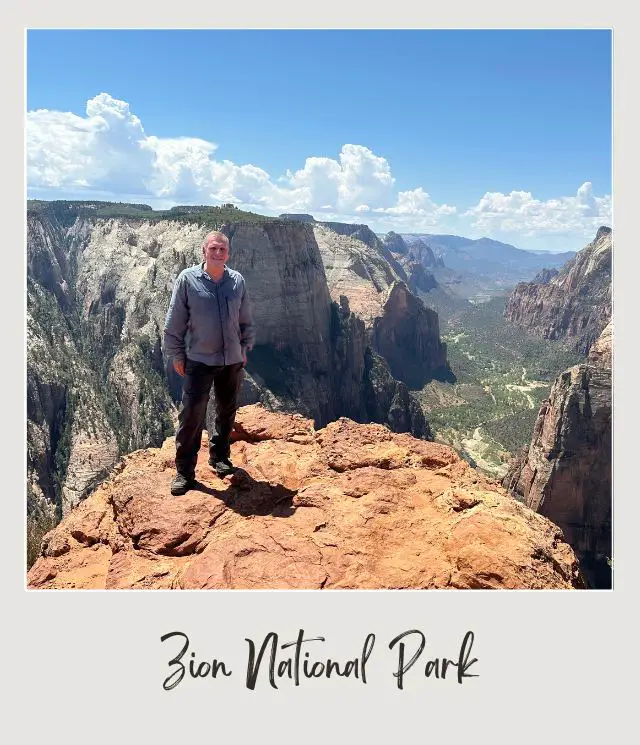
Being mindful about what you pack can lessen your impact. Here are some of my eco-conscious packing tips:
Start by using reusable bags for snacks and shopping instead of disposable options. Bring a reusable water bottle to stay hydrated while reducing plastic waste. I really like this Hydro Flask if you’re looking for one
Look for gear like backpacks made from recycled materials. Brands that focus on sustainability often use biodegradable or organic materials.
Take eco-friendly toiletries. Look for sustainable packaging and use biodegradable soap and shampoo bars instead of plastic bottles.
Use Solar Chargers. Keep your devices powered using renewable energy.
Also, when you’re packing, think in terms of the “less is more” approach. Pack versatile clothing that can be mixed and matched, reducing the weight of your luggage.
8. Stay on Designated Trails
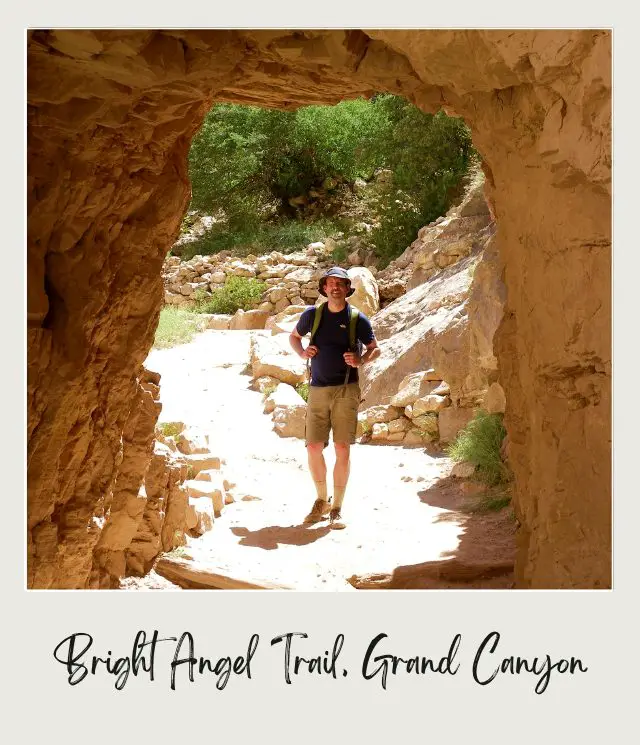
Staying on marked trails is crucial for protecting the environment. By sticking to these paths, you help preserve delicate plants and habitats. Off-trail walking can lead to soil erosion and disturb wildlife.
Before setting out, check park maps for approved paths. Avoid shortcuts that can damage the landscape. Educate yourself about local plants and animals. The more you know, the more you appreciate your surroundings.
Also, remember that some trails might be closed due to environmental concerns. Always respect these signs to keep the park healthy. Your responsibility ensures that trails remain open for everyone to enjoy.
9. Leave No Trace
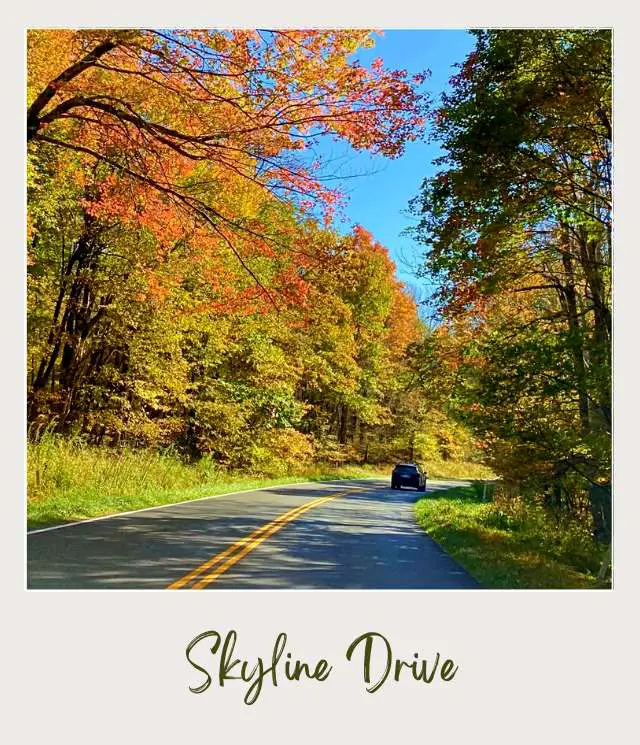
There are seven Leave No Trace principles that were established by the Leave No Trace Center for Outdoor Ethics, and built on work by the US Forest Service, National Park Service, and Bureau of Land Management in the mid 1980s.
- Plan Ahead and Prepare
- Travel and Camp on Durable Surfaces
- Dispose of Waste Properly
- Leave What You Find
- Minimize Campfire Impacts
- Respect Wildlife
- Be Considerate of Other Visitors
10. Respect the Wildlife
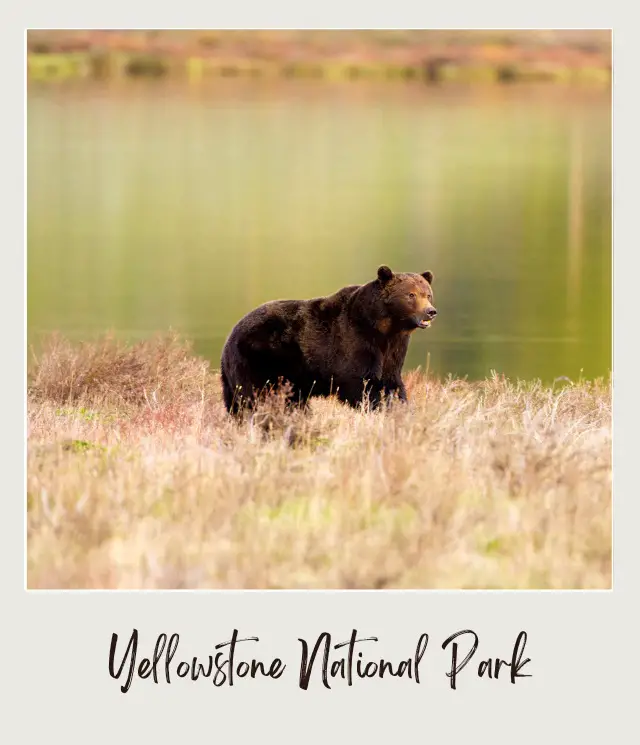
Respecting wildlife is key to a sustainable visit. It’s one of the Leave No Trace principles, but is worth expanding on.
Always keep a safe distance from animals. Getting too close can stress them and disrupt their natural behavior. The NPS recommends staying at least 25 yards from most wildlife and 100 yards from predators like bears and wolves. (Check with your park though: for example, Olympic National Park requires a minimum distance of 50 yards.)
Feeding wildlife is harmful. It creates dependency on humans and can lead to dangerous situations. Keep food securely stored and never leave scraps behind. If a campsite has a bear-proof container, use it. If you’re backcountry camping in bear country, always take your own bear-proof container.
Drive slowly and keep your eye on the road. Most wildlife deaths are caused by cars hitting them. Roads are carved through their habitats and migration routes. Always stick to the speed limit and keep a careful eye out. If you do see animals, pull off of the road into a designated pull-out. This keeps wildlife safe as well as other motorists.
Observe animals quietly, and use binoculars or spotting scopes for a closer look. This method lets you enjoy viewing without disturbing them. If you need some, check out my guides to The Best Binoculars for the Money and The Best Spotting Scopes for Wildlife Viewing.
Don’t “help” the animals. There was a story in the news a few years back about someone who say a baby bison stuck in the mud at the side of a river in Yellowstone and helped the baby get free. Unfortunately, the mother then rejected her baby because it no longer smelled right, and the baby bison had to be put down. The tourist meant well, but was inadvertently responsible for its death. It’s always best to leave nature alone, even if that seems cruel sometimes.
11. Follow The Rules
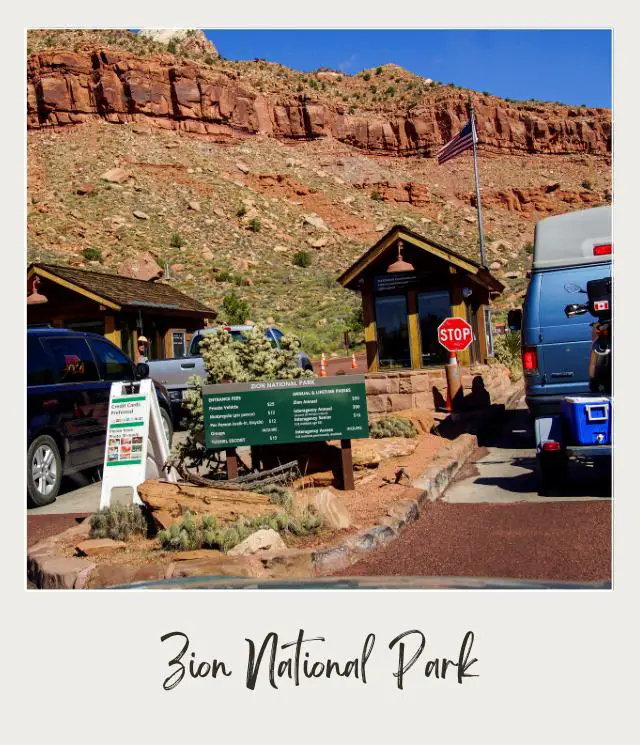
In addition to staying on the trails, keeping a safe distance from wildlife, and leaving no trace, the NPs has other rules and regulations that are put in place specifically to help preserve the fragile environment for future generations.
These include things like:
- camp in designated sites only
- stick to the speed limits
- check current fire regulations and follow them
- don’t pick wildflowers
- etc.
12. Support Local Businesses
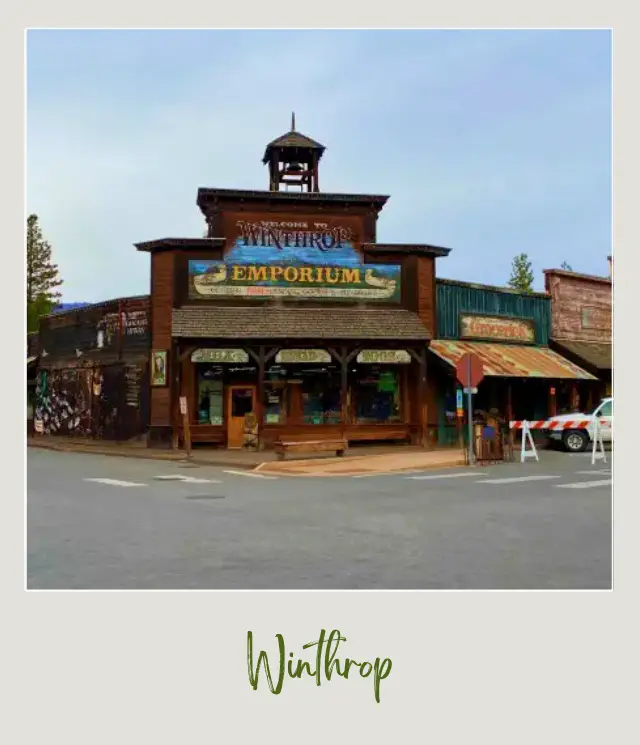
When you shop and dine at local businesses, you are directly helping the economy of the area around the park you’re visiting. Choose to eat at family-owned restaurants rather than large chains. Stay in small motels or inns – these are often run by families who have lived in the area for many generations.
13. Learn
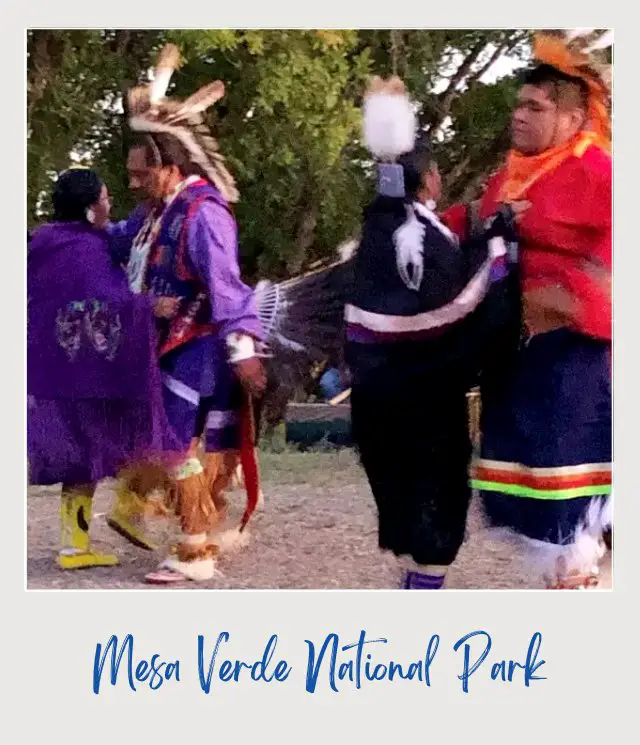
Education is key to responsible travel. Familiarizing yourself with local Native American customs, wildlife, and environmental issues can help you make better choices on your trips. You can also learn about the local ecosystem and conservation efforts.
Various resources are available to help you learn:
- Books and Guides: Look for materials focused on eco-tourism and national park conservation.
- NPS websites
- Visitor Centers and ranger programs. Many of the parks have interesting displays in the Visitor Centers and/ or offer ranger talks that highlight issues specific to the park you’re visiting.
- Audio tours: These highlight interesting aspects about the parks, including history and geology of the park(s). You can purchase and download national park audio tours here.
14. Volunteer
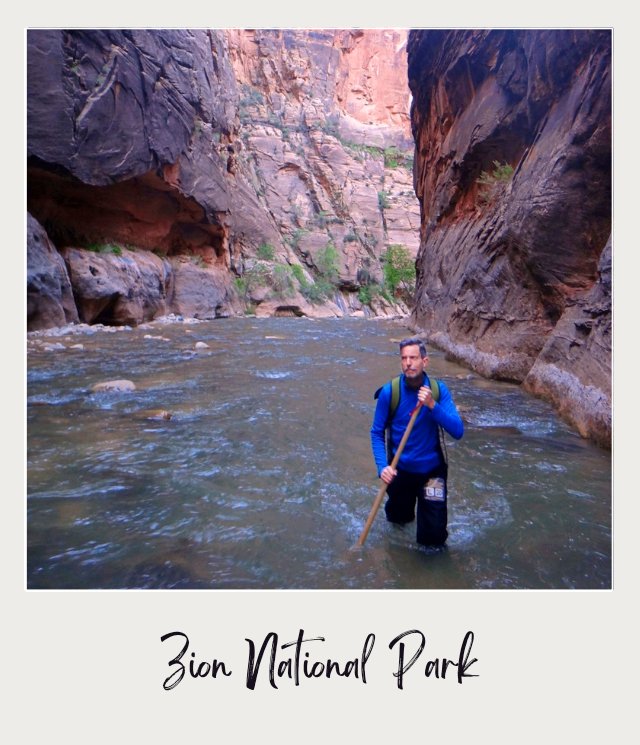
Volunteering is a proactive thing that you can do if you have time.
The NPS can’t do everything they need to do with their funding alone. Volunteers help in one of two ways – by
(a) doing activities that directly help restore, preserve, or protect the parks support; or
(b) doing things that free up rangers to do those activities.
There are a huge range of volunteering opportunities – from a single day activity (great to do on vacation or for a local park) to a year-long commitment (ideal if you’re retired).
The NPS has a website dedicated to volunteerism that anyone can sign up on. It’s also possible to contact specific national parks.
Some volunteering opportunities that contribute directly to park stewardship including helping maintain and clear trails, cleaning beaches or monitoring water quality, helping identify and count birds or butterflies, and replanting wildflowers that have been trampled by visitors.
Other possibilities that help more indirectly include assisting at special events, working in a visitor center, or being a camp host.
15. Donate
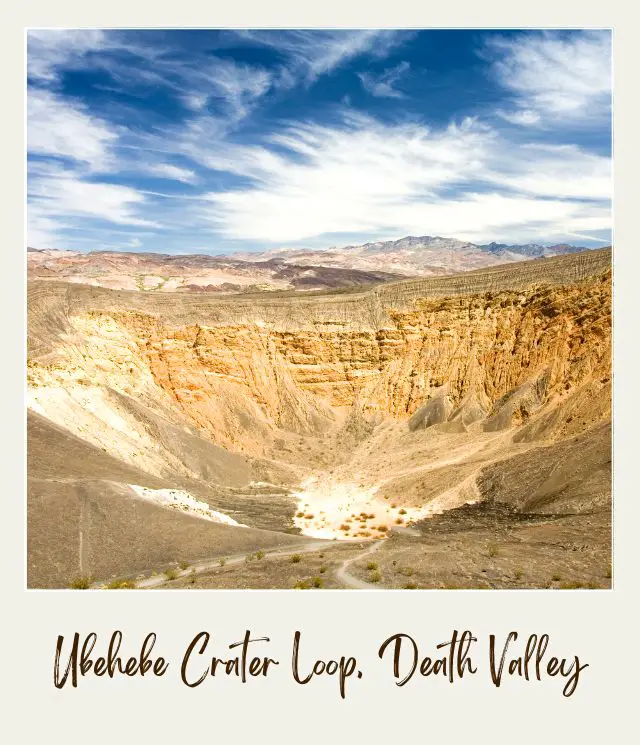
There are several non-profit conservancy organizations that work with the NPS to help preserve our national parks. These include the National Parks Conservation Association and National Park Foundation. There are also more than 450 individual park’s local “Friends Groups”, e.g. the Grand Canyon Conservancy and Yellowstone Forever.
Not everyone has the time to volunteer, but if you have the financial means to support these organizations, your contributions can directly help fund these organizations’ work.
Similar to volunteering, these organizations can play a direct role in stewardship efforts by funding activities such as trips that educate young people in the importance of maintaining these environments; improvements and expansions of facilities; restoration of important species and habitat; and cultural and scientific research, etc.
In addition, also similar to volunteering, ‘friends’ groups can help stewardship efforts more indirectly by helping with things like special events and local projects, thereby giving the NPS increased capacity to do their important protection work.
Do you have any other sustainability tips for visiting National Parks? I’d love to hear about them. Join my private Facebook group National Parks Collectors and comment and let me know (you can also pick up extra planning tips, share your photos and stories with other national park lovers and more).
Subscribe to daily national parks planning tips, travel inspiration and trip ideas and I’ll send you a free PDF of this Guide:
15 Sustainability Tips for US National Parks
If you liked this article, please share the love and Pin It to your National Parks board!
Are you just starting to think about taking a National Parks trip? Get Inspiration
Are you starting to plan a trip to a national park? Read my free guides
Do you need tips and additional information? Read a selection of tips for visiting US national parks
Are you ready to book your trip? Use these Planning and Booking Resources
Do you want to read a book about US national parks? Check out my Recommended Reading Lists
About the Author
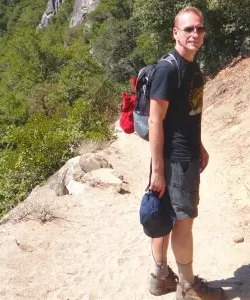
James Ian is a national park, camping and hiking expert.
He has dedicated his life to travel, visiting more than 80 countries, all 7 continents and most of the national parks in the United States. With over 35 years experience in the travel industry, James has worked on cruise ships, at resorts and hotels, and as a travel planner who’s helped hundreds of people plan successful trips to US national parks.
Based on his experience visiting our national parks multiple times, in-depth research and expertise as a travel planner, James has published detailed itineraries for many of the major national parks in the US. These itineraries, as well as in-depth park guides, and other resources will help you have your own incredible trip to US national parks without stress and hassle.
As a national park expert, James has contributed to many publications, including USA Today, Newsweek, Time Business News, Savoteur, Best Trip, and Wired.
I’m a member of the Amazon Services LLC Associates Program. As an Amazon Associate I earn from qualifying purchases.
